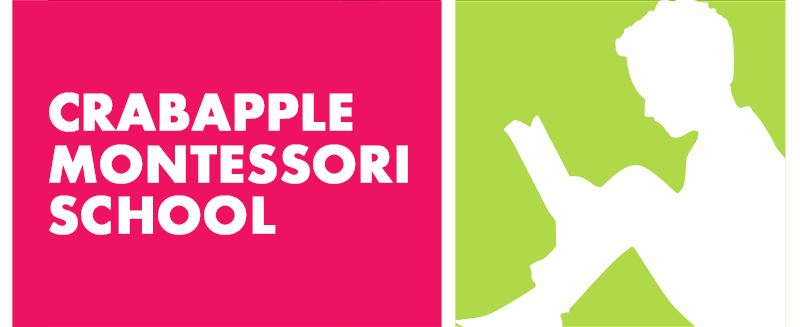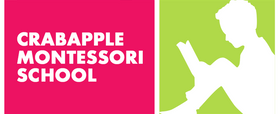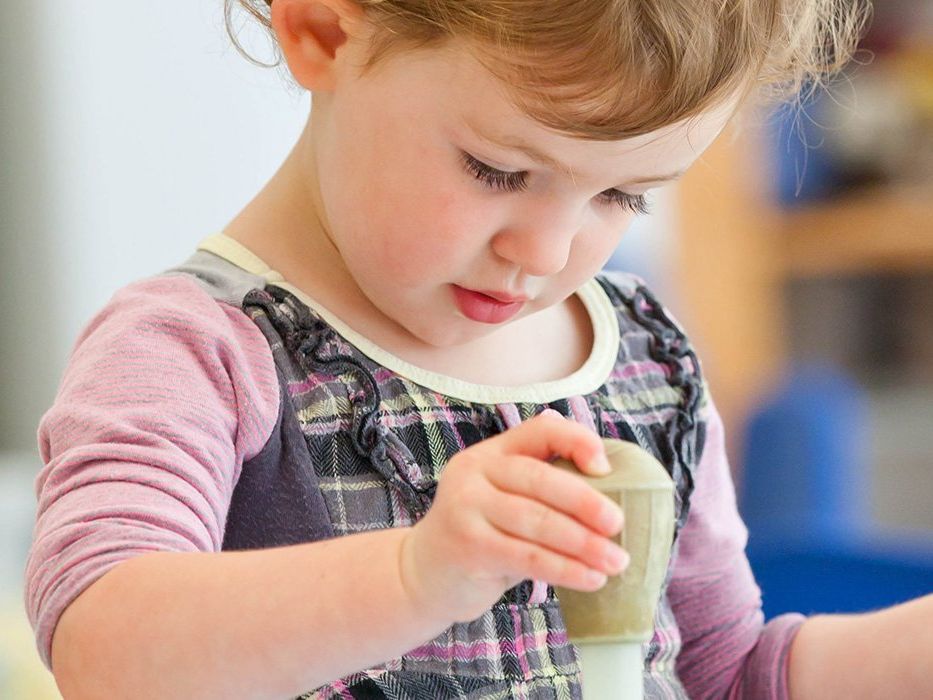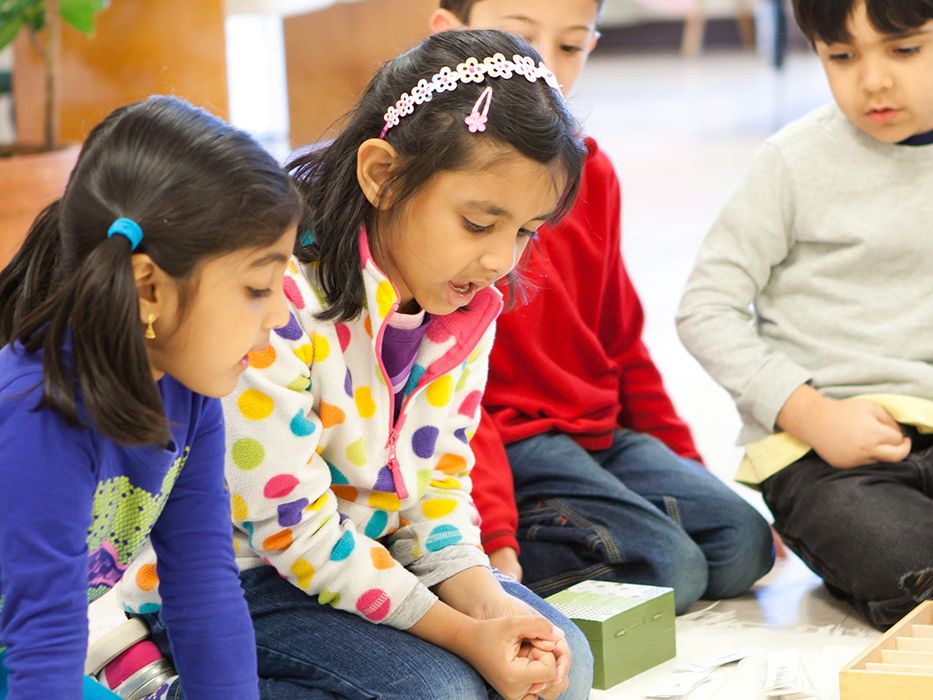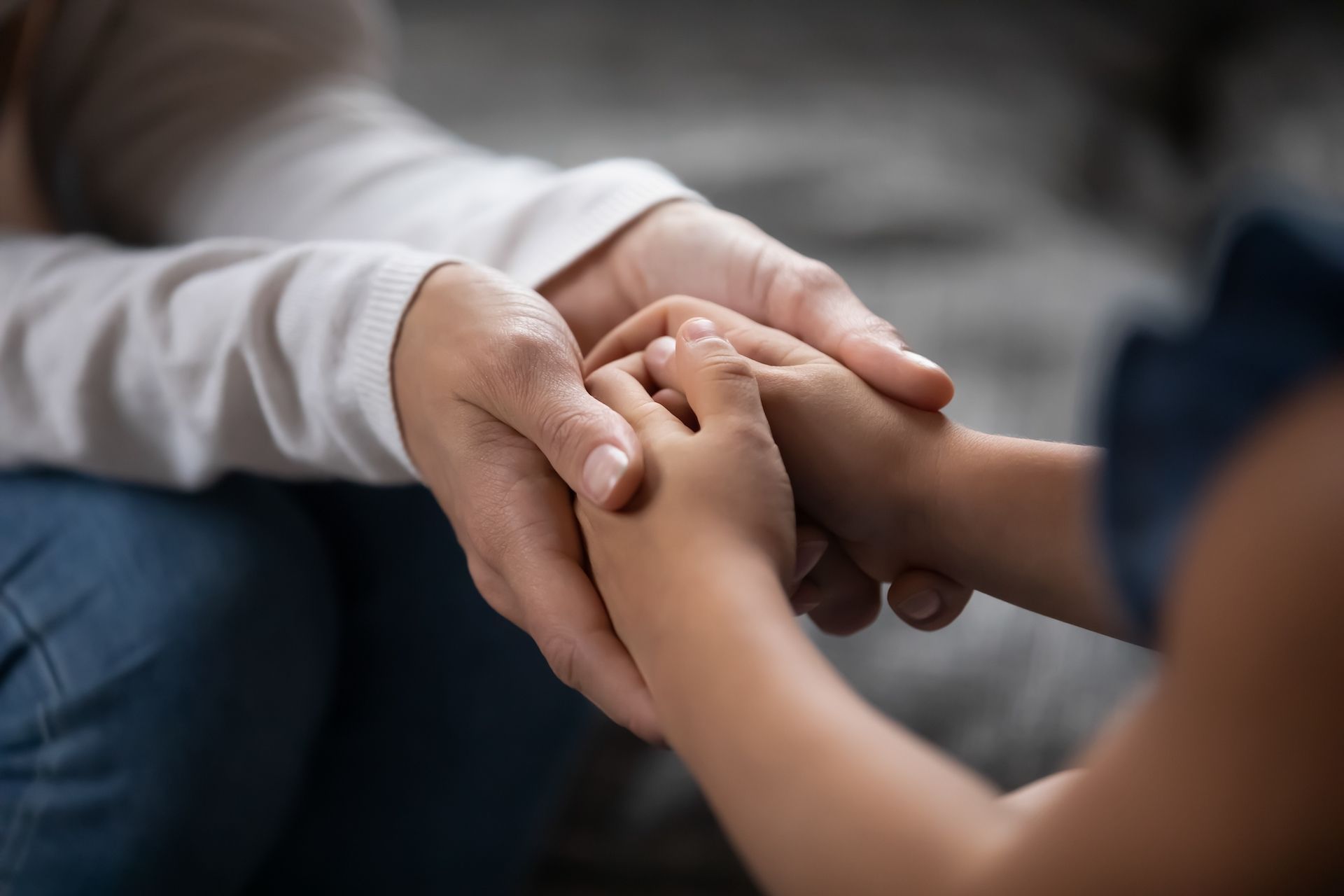Where Children Develop a Love for Learning
Authentic Montessori in Alpharetta for children ages 15 months to 12 years.
Welcome to Crabapple Montessori School
Welcome to Crabapple Montessori School, where children are nurtured emotionally, physically and intellectually to blossom to their fullest potential and be prepared for their next step in life!
We are an AMI and Cognia accredited private pre-school and Elementary school located in Alpharetta, Georgia that follows a Montessori curriculum for children between the ages of 15 months and 12 years. We serve families in the cities of Alpharetta, Milton, Roswell, Canton, Woodstock and Cumming in Metropolitan Atlanta, Georgia.
An environment designed for learning.
Crabapple Montessori School is situated on a three-acre wooded lot, and our school was designed and built with Montessori education principles in mind. Our classrooms are spacious and have an abundance of natural light and open space, and each classroom also has a fenced-in children’s garden for outdoor learning.
Why Choose Montessori?
When children are equipped with creative educational materials and guided by well-trained, certified teachers, they make remarkable developmental discoveries every day as they explore the pathways of natural curiosity. They discover how to work and play with others. Children discover self-confidence and develop a lifelong love of learning.
How to Apply
What Our Parents Say

SANGEETA & VIJAY
Both our children have attended Crabapple Montessori School (CMS) — our older daughter attended CMS a couple of years ago, while our younger daughter will be starting her third year, Fall 2012.
It is a pleasure to see a four-year old wake up on school days and be excited about going to school! We are happy with their advancements in academics and social skills. The combination of the Montessori teaching philosophy, outstanding teachers and supportive parents makes CM an ideal place to nurture young minds.
We are proud to be part of the Crabapple Montessori family, and highly recommend this school.
Button
HEATHER
Montessori is such an excellent environment for a child’s development, and CMS is the best of Montessori. In the CMS community, teachers, staff, families, everyone values education and individual development very highly.
Some of the schools nearby are so focused on the children, but they do not offer scheduling options that working parents’ need. Some schools are over-focused on what the parents need or want to hear as “paying customers” that they may neglect the true best interest of the child. CMS manages to serve both the children and the parents’ needs very, very effectively.
The communication from the administration to the parents is outstanding. The facility is beautiful. On my commute I pass 6 other schools that are options for my children. I did my research and I chose Crabapple Montessori School.
Button
SCOTT & SHAWNA
Our daughter started Crabapple Montessori at the age of 2½, with Spanish as her first language. After only a few short months of being enrolled in the Toddler program, English became her primary language thanks to the dedication and support of her teacher.
Now a student in the Primary program, her vocabulary has increased dramatically. Her ability to do the lessons in class and complete her “work” in its entirety has amazed us. We could not imagine how our daughter would have progressed this past year without the help and support of the CMS family.
Button
Visit Us!
We invite you to schedule a visit to see for yourself how Crabapple Montessori students experience hands-on learning, independent thinking and joyful discovery!
The Latest from our Blog

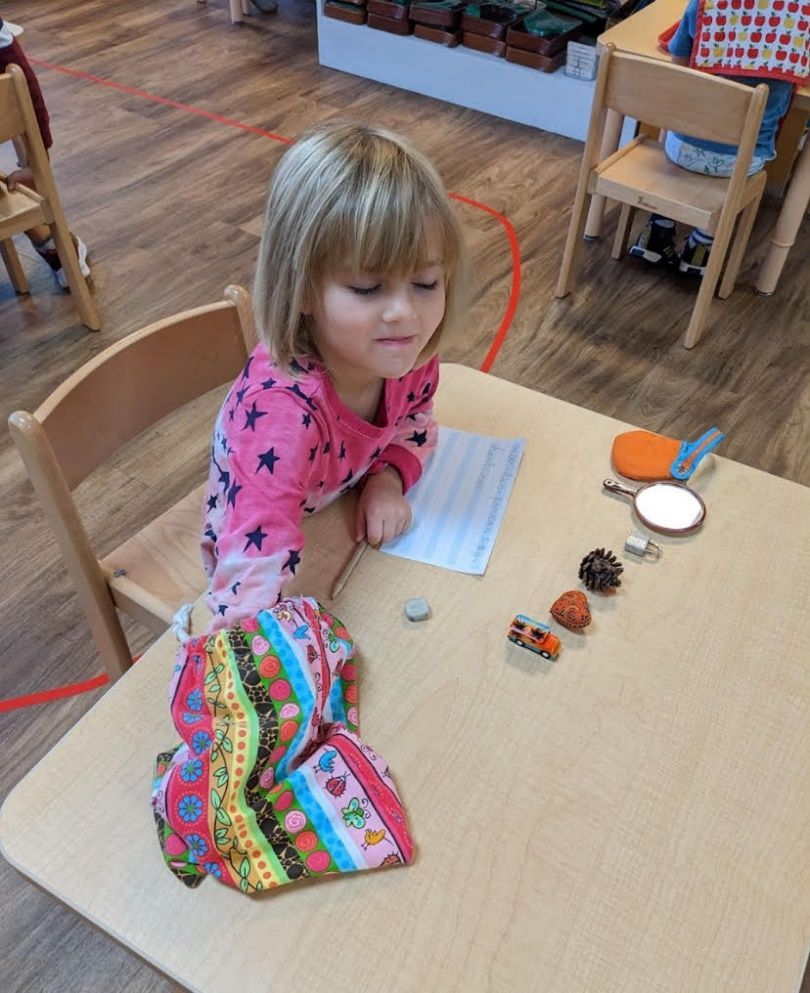


PROGRAMS
CONNECT
COMMUNITY
Crabapple Montessori School
12387 Crabapple Road
Alpharetta, GA 30004
